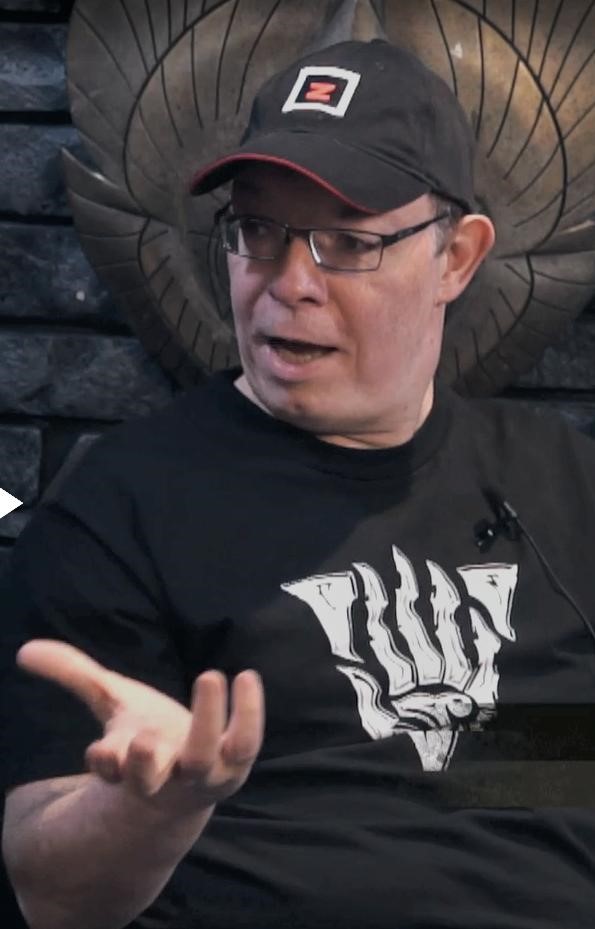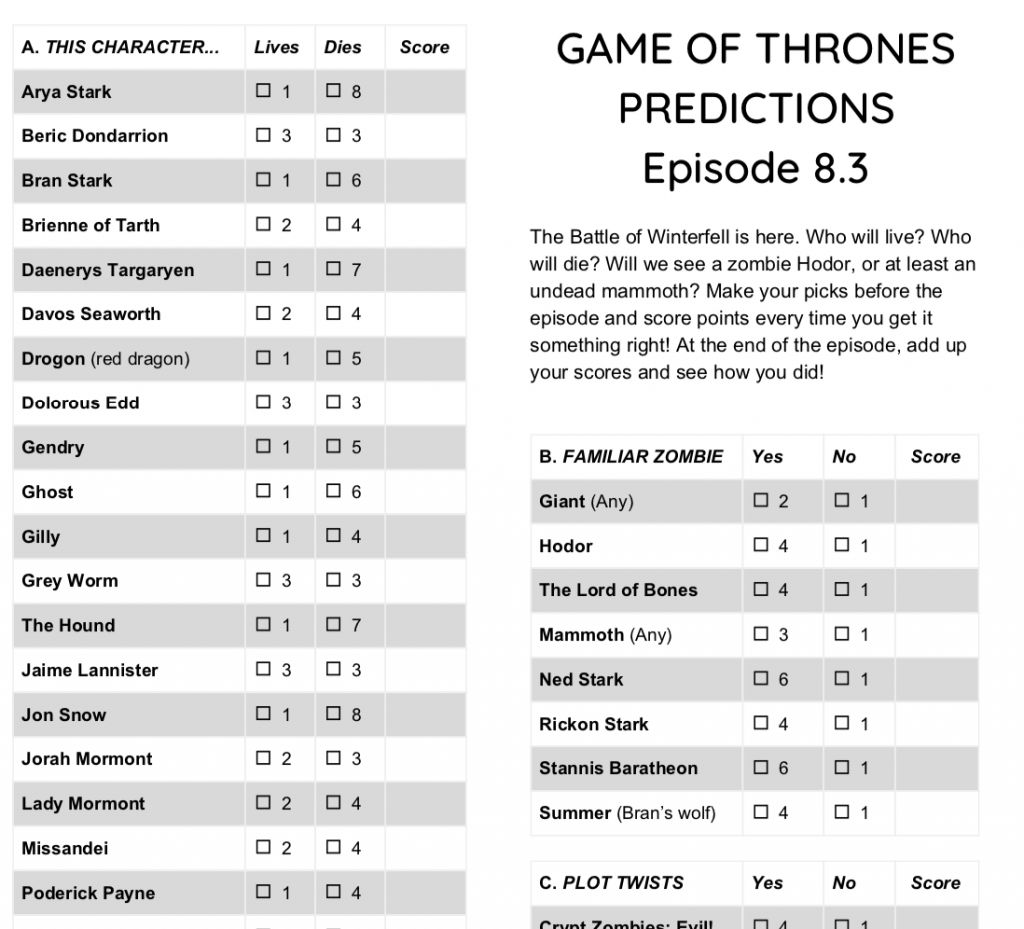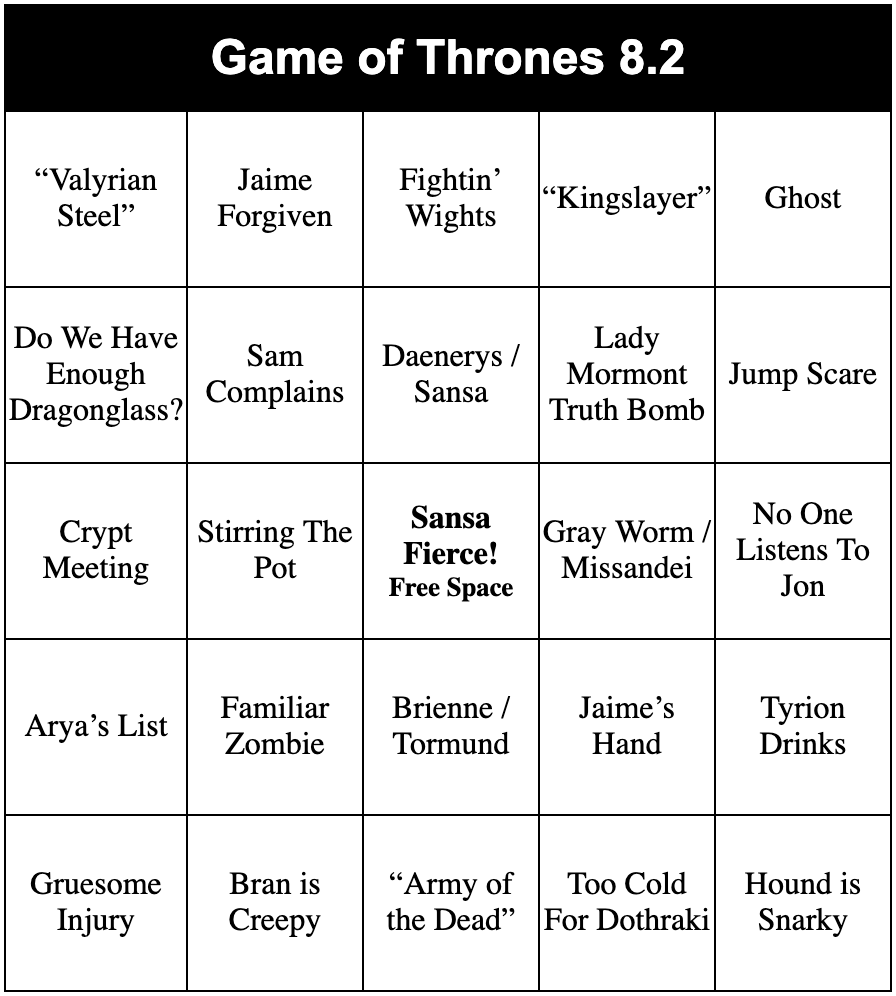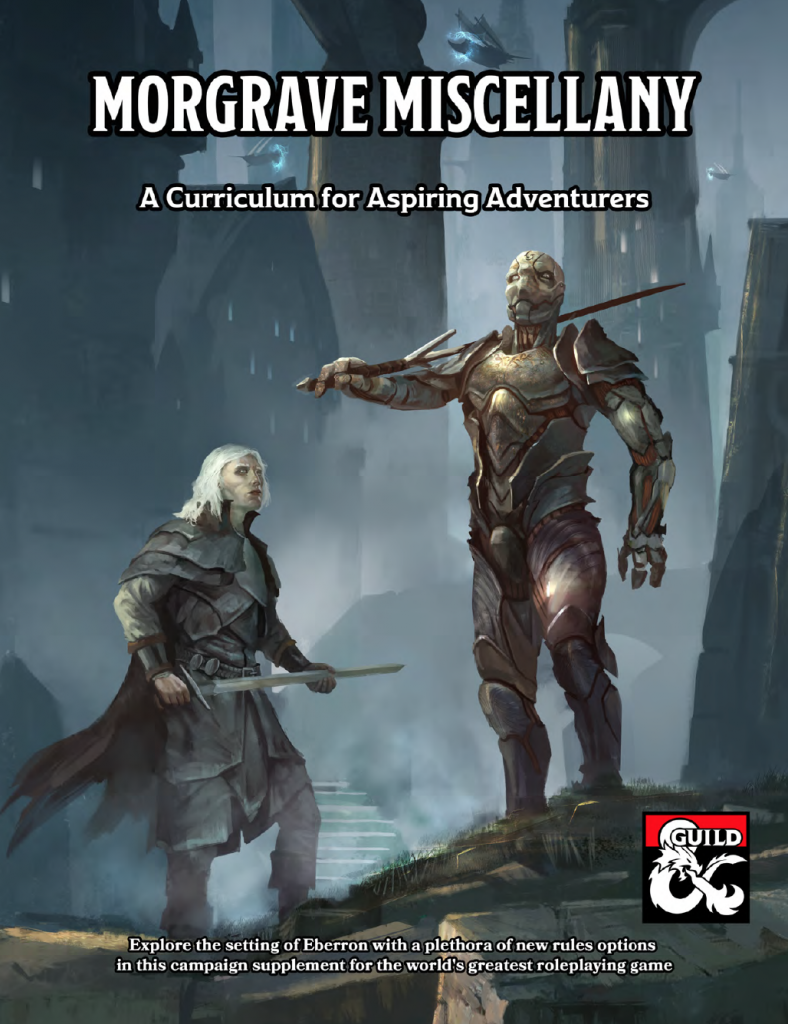The twelve dragonmarks are tied to specific bloodlines and passed down through families. They are reliable and predictable, and their powers are constructive. They create; they heal; they protect. But there is another kind of dragonmark: marks that are unpredictable and dangerous to both the bearer and the people around them.
—Wayfinder’s Guide to Eberron, page 111
I’ve talked about aberrant dragonmarks before, including this dragonmark article and this canon Dragonshard article. But I wanted to take a moment to talk about the evolution of aberrant dragonmarks and the role they’re intended to play in the setting.
From the beginning, the idea was that the aberrant dragonmarks are in essence the direct opposite of the “true” dragonmarks… that if the pure marks are believed to be a blessing from Siberys, the aberrant marks are the cursed touch of Khyber. A few critical points…
ORDER VS CHAOS
True dragonmarks reflect order. They are entirely predictable. They are tied to specific bloodlines and passed down through a family. They look exactly the same. Aberrant dragonmarks are chaotic and break all these rules. They aren’t tied to bloodlines and aren’t hereditary. The child of two aberrants has no better or worse chance of developing an aberrant dragonmark than any other child in the world… and if the child does develop an aberrant mark, it won’t look the same as either of their parents’ marks or grant the same abilities. Looking again to Wayfinder’s Guide, “If two aberrant marks grant fire bolt, one mark may be formed from scar tissue while another is traced on the skin in lines of cold fire.”
There’s a confusing twist to this, which is that the most reliable way to produce an aberrant mark is to mix the bloodlines of two different dragonmarked houses. This is also known as a mixed mark. As a result, the dragonmarked houses forbid marriages between members of different houses. A secondary element to this: most houses shun all contact with aberrants, but Dragonmarked notes that House Ghallanda has, on a few rare occasions, allowed halflings with aberrant marks to marry into the house. While this is scandalous, it’s no more of a threat to the house bloodline than allowing any entirely unmarked halfling into the house, because aberrant dragonmarks aren’t tied to bloodlines. So: if a Ghallanda halfling has a child with a Jorasco heir, there’s an excellent chance of producing an aberrant mark. If they have a child with someone who has an aberrant dragonmark, there’s no more risk of the child having an aberrant mark than if they sire a child with any other halfling.
SAFETY VS DANGER
The true dragonmarks place no burden or strain on the bearer of the mark. The powers granted by the mark are largely constructive or positive in nature, while the powers of an aberrant mark are largely destructive or disturbing. This is a broad concept, not always absolutely true; we suggest that a Lyrandar heir can learn how to harness their mark offensively as a storm sorcerer, and the nosomantic chiurgeons of House Jorasco are infamous for their power to cause injuries and disease. Conversely, it’s possible to have an aberrant mark that channels a power that isn’t directly aggressive, but even a power that has positive aspects may manifest in a chaotic and disturbing way. The Wayfinder’s Guide to Eberron doesn’t restrict the spells that an aberrant mark can grant, but it notes that “…aberrant marks always have flaws. These may not actively hurt a character, but they are always a burden in some way—a burden that could drive a weak-willed person to madness.”
Consider Zae, a halfling in House Tarkanan who appears in a number of Eberron novels. Zae has the ability to telepathically communicate with and influence rats and other sorts of vermin. On the surface, there’s nothing negative about this; it’s not that different from the powers of the Mark of Handling. But the idea is that it’s not just that Zae can influence rats when she chooses to activate her mark, like a Vadalis heir… but that she hears the rats in her mind all the time. She feels them as a part of her. And she didn’t choose rats; that choice was made for her. Her mark isn’t destructive to others, but it’s a burden she had to learn to bear and to control.
WHAT’S THE POINT?
There are many ways for a person to get some minor magical abilities. In 5E, anyone can take the Magic Initiate feat. You could be a sorcerer with powers drawn from some manner of mystical bloodline. If you just want to have some innate magic power, you don’t need to have an aberrant mark. Given this, what makes an aberrant mark DIFFERENT from a sorcerer or an initiate IS the idea that it’s the touch of Khyber, that it’s a burden you’ve had to overcome, that it’s something that people are right to be afraid of. The trick to this is that it’s entirely a story concept. We SAY that it’s difficult to control an aberrant dragonmark, that it’s a physical and mental burden, but there’s no mechanical reflection of this. The ability to burn a hit die to improve the power of your mark is intended to reflect the idea that channeling the full power of your mark is a physical strain, but it’s something that a player character controls. The critical idea here is that player characters are remarkable. YOU don’t have any risk of your aberrant dragonmark suddenly triggering on its own and killing your friend… but that’s because we assume that you have fully mastered it. But OTHER people with aberrant dragonmarks do have that risk, and may have serious physical or mental flaws that we wouldn’t impose on a player character. Looking again to Zae, if I was playing her as a character, I’d play up the fact that I’m always hearing the whispers of the rats in my head and that it’s driven me a little crazy… but that’s my choice as a player, a flaw I’m taking on as opposed to a concrete mechanical aspect of the mark.
Questions that often come up in relation to this include are people with aberrant marks evil or just misunderstood? Are they like mutants in Marvel? Could you have an alliance of aberrants trying to do good like the X-Men?
People with aberrant marks aren’t inherently evil. Like the mutants in the Marvel universe, they are people who have had dangerous powers thrust upon them and have to deal with prejudice because of it. And you could certainly have an alliance of aberrants trying to do good. House Tarkanan seeks to help aberrants. As seen in The Son of Khyber, they do seek to shelter aberrants and help them learn to control their powers. But they see the unmarked and the true-marked alike as their enemies. Rather than trying to change the prejudice, the Tarkanans see themselves as standing alone against the world, and willfully violate the laws of the Five Nations and do whatever they see as best for their people… so in the mutant analogy, they’re more like the Brotherhood of Evil Mutants than the X-Men.
The ultimate point is this: Someone who develops an aberrant mark is an innocent burdened with a power that’s both a blessing and a curse. They aren’t the evil children of Khyber the superstitions say. And yet, there is some truth to the superstitions. They CAN be dangerous. They can kill innocents. Their marks can drive them mad. So the idea was always that in taking a true dragonmark you are gaining a degree of social status… while in taking an aberrant dragonmark you are choosing to deal with fear and prejudice. You can absolutely fight against that. You can try to make life better for all aberrants, to change the public view; that’s a compelling and heroic arc for a player character. But it is intentional that fear of aberrants ISN’T entirely house propaganda; that aberrant marks are dangerous and disturbing in ways that the true marks aren’t.
BUT ACCORDING TO THE ECS…
What I’ve described is how I’ve always seen aberrant dragonmarks. You can see this in the portrayal of House Tarkanan in Sharn: City of Towers and the novel City of Towers… the first Eberron books I worked on following the Eberron Campaign Setting. With that said, this isn’t reflected by the Aberrant Dragonmark feat that’s presented in the 3.5 Eberron Campaign Setting sourcebook. That feat grants a number of seemingly innocuous abilities like feather fall and detect secret doors, and says nothing about the dreadful burden of a mark.
The point is that this is a case where what’s presented in the ECS never matched my vision of the world, and where later books corrected that. This isn’t the only place where this happened: another clear example is the Blood of Vol. The ECS says “The Blood of Vol cult attracts followers fascinated by death and the undead. The most dedicated of these revere an ancient lich who calls herself Vol, Queen of the Dead.” The current interpretation of the Blood of Vol reverses almost all of these things. Seekers are devoted to life and seek the power of the Divinity Within; they aren’t “fascinated by death.” They view the undead as useful tools. And the Queen of the Dead leads the Emerald Claw, but she isn’t part of the core faith. Essentially, the original presentation in the ECS was half-baked; over the course of subsequent books, it was fleshed out and given more depth. The same is the case with aberrant dragonmarks. When the original feat was presented, the full ramifications of aberrant dragonmarks—the War of the Mark, House Tarkanan, their role in the world—hadn’t been thought through. The Wayfinder’s Guide to Eberron reflects the fully fleshed out concept, and it’s the path I expect any future official content to take.
I’ll note that with the WGtE version of the Aberrant Dragonmark feat, you can still have a mark that grants feather fall. But the rest of the section still applies. Like Zae the Rat Girl, even if your POWER isn’t destructive, all aberrant marks have flaws… and the question is, what is the flaw associated with your mark and how has it been a burden to you? If you don’t like the concept, you can get the exact same effect by taking Magic Initiate instead. The idea is that you should take an Aberrant Dragonmark because you WANT that story—you want to explore the burden of the mark, or the challenge posed by the fear it inspires in others.
Thanks as always to my Patreon supporters, who keep this website going!
Q&A
In the WGtE, Aberrant Dragonmark is a feat. But I want to play a half-elf with an aberrant dragonmark at first level. What can I do?
There’s a few options.
- The Morgrave Miscellany presents “Child of Khyber” as a race option, with subraces to reflect your species. This was designed with exactly this issue in mind, but it’s not official content.
- You can use the idea that you possess an aberrant dragonmark as a story justification for your class abilities. An aberrant dragonmark is a simple way to explain the powers of either a warlock or sorcerer, and this would allow you to wield powers far greater than those granted by the feat.
- As a DM, I’d be willing to give a player an aberrant dragonmark as a bonus feat if they understood and agreed to the idea that I was going to play up the drawbacks of having the mark—that they’d have to deal with fear and prejudice because of it. The powers the feat provides are not that vast, and if it’s going to make a more compelling story—and again, if the player understands that they are going to be paying a price for this “gift,” I’d allow it.
I seem to recall that some in Eberron interpret the true dragonmarks as a special manifestation of the Draconic Prophecy. From this point of view, how do aberrant marks fit it?
Dragonmarks are considered to be an indicator of Prophetic significance, yes. This is true of both aberrant and true marks, and both mean the same thing: you are significant to the Prophecy. What we’ve said before is that in general, dragonmarks serve the same function as tarot cards in cartomancy or birds in ornithomancy: the appearance, confluence, and movements of dragonmarked individuals may provide information to someone who knows how to interpret the signs. So it’s not that aberrant dragonmarks reflect any sort of corruption of the Prophecy; the Prophecy incorporates good and evil, order and chaos, and both Khyber and Siberys have a place in it.
With that said… that’s the DEFAULT answer. You could decide that aberrant marks reflect a corruption of the Prophecy if you want. Or you could say that all of the dragonmarks are a daelkyr creation designed to interfere with the Prophecy… and if the dragons figure this out, they might try to destroy all dragonmarks!
In world lore did aberrant marks begin to manifest when the true marks did, were the first aberrant marks mixed or manifested spontaneously on random people?
Dragonmarked provides the canon answer.
Who was the first person to manifest an aberrant dragonmark? Did he consider his power to be a blessing or a curse? The answers will likely never be known. Over the course of centuries, the archivists and bards of the dragonmarked houses have carefully compiled a onesided version of history. The aberrants slain in the War of the Mark never had a chance to tell their story, and fact can no longer be distinguished from superstition.
Aberrant dragonmarks appear to have come into existence at the same time as the true dragonmarks. The first records of aberrant marks refer only to individuals as opposed to families. Scholars believe that aberrant dragonmarks appeared sporadically and were only rarely passed to children. Fragmentary histories paint a grim picture of the “children of Khyber,” attributing all manner of depravity to the bearers of aberrant marks. Of course, these tales also attribute astonishing powers to the early aberrants, such as the story of one who burned down an entire thorp with a wave of his hand because he “desired warmth.” Whether these stories have any grain of truth or not, tales of aberrant activity grew more frequent over the centuries. Approximately fifteen hundred years ago, the appearance of aberrants reached an apex—and the bearers of the true marks decided it was time to act.
Are there any unmarked groups in Eberron that don’t find the Aberrant marked dangerous? Do the various faiths (Seekers, Purifiers, druids) treat them as aberrations? Do the people of Sarlona have enough exposure to either group of marks notable enough to have a sweeping opinion on them?
Public opinion has been against the aberrants since before the War of the Mark, as noted above. Some feel their powers are a gift of the Traveler or the touch of the Shadow; most just think of them as Children of Khyber, cursed by dark powers. As I’ve said before, an aberrant who can’t control their mark can pose a very real threat to innocent people, and the purpose of the templars of the Silver Flame is to protect the innocent from supernatural threats; combined with house-driven propaganda, the Silver Flame generally sees aberrants as a danger to be dealt with.
With all of that said, bear in mind that following the War of the Mark and the imposition of strict rules to avoid mixed marks, aberrant dragonmarks were extremely rare. Part of why they are feared is because people have no actual experience with them; they only know the terrifying stories. Aberrant marks have become more common in the last century and are starting to manifest with even greater levels of power, but this is a new development. House Tarkanan first formed SIX YEARS AGO. So many organizations don’t yet HAVE a fully formalized take on aberrant dragonmarks. A typical templar of the Silver Flame would see aberrants as threats, but I could also see priests who would seek to create a sanctuary for aberrants and help them control their powers—much like the haven for tieflings in Thrane (it’s actually quite likely to think that the same community would house both). It’s possible there are Seekers who would see aberrant dragonmarks as a manifestation of the Divinity Within. As for Sarlona, dragonmarks don’t manifest in Sarlona and I doubt people have an opinion about them. People in the trade cities will have met dragonmarked merchants, but I expect it’s just thrown into the general pile of “Creepy things about foreigners.”
In regards to the bit about Aberrant-marked halflings being “safe” to marry into Ghallanda (or any) house because aberrant marks aren’t tied to a bloodline, what about mixed marks? Those are aberrant, and they’re explicitly caused by mingling two bloodlines. Wouldn’t those halflings pose a threat to create more and more aberrant marks?
Good question. The catch is that manifesting any sort of aberrant mark BREAKS the bloodline. If you’re a halfling born to a Ghallanda mother and Jorasco father and you develop an aberrant dragonmark, you are no longer tied to either the Mark of Healing or the Mark of Hospitality: you have an aberrant mark, and that’s all. It’s believed the same is true of all aberrant marks; if your great-grandfather was Jorasco and none of your family has manifested the Mark of Healing, in theory it’s latent in your bloodline; but Ghallanda asserts that anyone who manifests an aberrant dragonmark purges any ties to any other mark. So in that way, someone with an aberrant dragonmark is the SAFEST out-of-house heir to bring in, because you don’t have to worry about any latent ties to other houses.
In general, a bloodline can only carry a single mark; remember that this isn’t normal genetics, it’s MAGIC and the Prophecy. If your mother is Ghallanda and your father is Jorasco, if you don’t manifest a mixed mark, you’ll have the chance to develop one of the two marks, but that’s the only one tied to your bloodline. If you manifest the Mark of Healing, your children won’t ever spontaneously manifest the Mark of Hospitality.
If the aberrant marks are chaotic, are they Chaotic with a capital C? How do devotees of the Traveller regard those with aberrant marks? Is there any connection to Kythri?
Aberrant dragonmarks aren’t tied to Kythri, and true marks aren’t tied to Daanvi; they are believed to be tied to Siberys and Khyber. Looking to followers of the Traveler, there’s two aspects. Manifesting an aberrant dragonmark is a change that can bring chaos and crisis into someone’s life, and yet can ultimately make them stronger. As such, yes, many devotees of the Traveler would consider aberrant dragonmarks to be a gift of the Traveler; others see them as the touch of the Shadow. Because of this, there are certainly aberrants who embrace the faith of the Traveler.
The Test of Siberys is based on the idea that true dragonmarks manifest in stressful situations tied to the function of the mark. Is this also true of aberrant dragonmarks?
Absolutely, and given that many aberrant mark powers are dangerous, this often leads to tragedy. Someone loses their temper in a heated argument and suddenly burning hands. With that said, aberrant marks don’t always require such a situation. Take the story from the previous dragonmark…
She grew up in village in Daskara, not far from the modern city of Sigilstar. She loved the country and taking care of the livestock. When she was 13, her family fell ill with a disease no one had ever seen before. They died, and the plague spread to the rest of the village and their stock. Only two things were unaffected: the rats and the girl. When everyone was dead, she fled to the town of Sarus. You’ve never heard of Sarus, because it doesn’t exist anymore. It was burnt by those who sought to keep the plague from spreading. The rats kept the girl alive, and were the only thing that kept her close to sane. In time she learned to control her power. Even so, she couldn’t bear the burden of the deaths on her conscience. She declared that the girl had died with her family. She was someone new, someone without a name. She was the Lady of the Plague.
Now, one possibility is that she was angry when the plague first manifested. Another is that she became sick, and fighting off the infection triggered the manifestation of the mark. Or that when the first family member fell ill, her fears for them actually caused her power to activate and the disease to spread. Again, the whole point of aberrant marks is that in comparison to true marks, they are unpredictable—so it would be difficult to design a single test that could work for every aberrant mark.
I’m wondering what kind of person Halas Tarkanan was, in your imagining?
The primary information on Halas Tarkanan comes from The Son of Khyber. Speaking of Tarkanan, an associate of his says the following.
“(Halas was) the greatest man I ever met. Even when we were enemies, I admired him. If people had listened to him sooner, if he could have built his army back before the purge began, he might even have won the war—or at least have created a sanctuary for the aberrants that the others could not touch. As it was, I think he always knew how the struggle would end, but he was determined to give our people hope and to make the houses pay for the blood they spilled.”
Later they add…
“…His mark gave him power over the destructive forces of nature, but his mind was his greatest weapon. If he’d been unmarked, he might have united the Five Kingdoms centuries before Galifar. And the world would be a different place today.”
What was his plan for holding Dorasharn, if he had any, and what went wrong? (Besides being hopelessly outnumbered, of course.)
What went wrong? He was hopelessly outnumbered. The house forces had resources and discipline. They were soldiers, whereas many of the people Halas was shepherding were traumatized civilians. And as noted in the previous quote, he didn’t have time to put together a perfect plan; he chose Dorasharn as the best possible place to make a stand.






